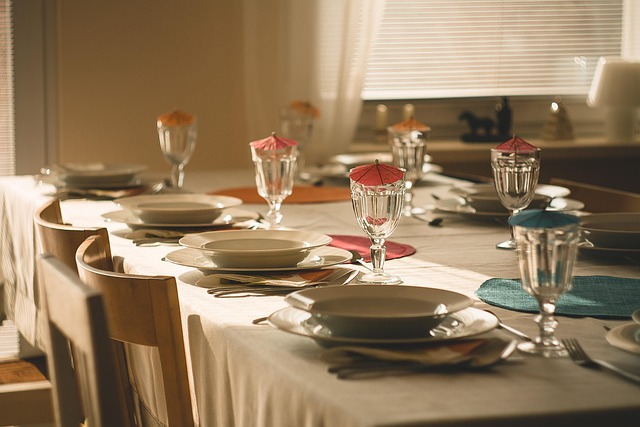Artistry Unveiled: Exploring Pattern Setting in Sculpture
In the realm of fine arts, sculpture stands as a powerful medium through which artists convey emotion, culture, and their unique perspectives. Among the various techniques and themes that define this art form, pattern setting emerges as an intriguing focal point. More than just repetition, it’s about establishing a visual language that speaks to the viewer, connecting them to the profound stories behind each piece.
Pattern setting in sculpture refers to the deliberate arrangement and design elements that artists employ to evoke emotions and provoke thought. These schemes can take many forms: from the organic, flowing shapes of nature-inspired works to the rigid symmetry found in classical architectures. It’s this intricate dance of form and concept that captures our attention, igniting our imaginations.
Cultural Reflection Through Patterns
Cultures throughout history have utilized pattern setting to encapsulate their beliefs, traditions, and identities in sculptural works. For instance, consider the vibrant totems of indigenous cultures, where repetitive motifs serve not only as decoration but as storytelling devices, each symbol unfolding a tale or teaching. Similarly, in contemporary sculpture, artists often draw upon the rich tapestry of their heritage, reinventing traditional patterns to reflect modern experiences and dialogues.
This rich cultural dialogue adds depth to the viewer’s experience, prompting a contemplation of the ways we connect with art. We find ourselves woven into the very fabric of these patterns, our histories intertwined with the artists’ intentions. Through each curve and line, we start to see not just the artwork itself, but also the culture it represents, expanding our understanding of both.
Emotional Resonance and Artistic Expression
The emotional and psychological weight that patterns carry is especially significant in sculpture. Artists often use repetition and symmetry to create a sense of harmony and balance, evoking feelings of tranquility or, conversely, tension and chaos when disrupted. This emotional undercurrent plays a crucial role in how we perceive and interact with sculpture. When a pattern resonates, it becomes part of a larger conversation that transcends the physical form.
For example, in the work of modern sculptors, we often see a fusion of material and motif where industrial materials juxtapose historical patterns, representing the conflict between innovation and tradition. This intersection invites viewers to reflect on their own relationships with culture and creativity, allowing the art to serve as a mirror into our collective psyche.
The Future of Pattern Setting in Sculpture
As we step into the future, the concept of pattern setting in sculpture adapts and evolves. Artists are increasingly experimenting with new technologies and materials, pushing the boundaries of how patterns can be represented. Virtual reality, 3D printing, and interactive installations open up exciting possibilities for pattern formation, inviting audiences to engage with art in ways previously unimagined.
The continuous exploration of pattern setting within sculpture not only enriches the artistic landscape but also fosters cultural appreciation and dialogue. It reminds us that art is a living, breathing entity that grows with each generation while still honoring its roots. As we embrace these dynamic patterns, we are ultimately invited to discover not just the artistry before us, but to explore the human experience that shapes them.



